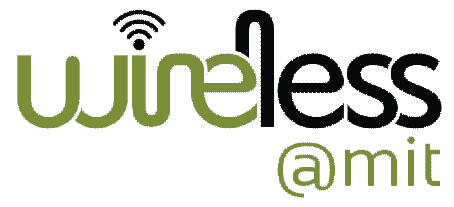Analog Network Coding

overview
Traditionally, interference is considered harmful. Wireless networks
strive to avoid scheduling multiple transmissions at the same time
in order to prevent interference. This project adopts the opposite approach;
it encourages strategically picked senders to interfere. Instead
of forwarding packets, routers forward the interfering signals.
The destination leverages network-level information to cancel the interference
and recover the signal destined to it. The result is analog
network coding because it mixes signals not bits.
So, what if wireless routers forward signals instead of packets?
Theoretically, such an approach doubles the capacity of the canonical
2-way relay network. Surprisingly, it is also practical. We implement
our design using software radios and show that it achieves
significantly higher throughput than both traditional wireless routing
and prior work on wireless network coding.
Categories and Subject Descriptors
papers
Embracing Wireless Interference: Analog Network Coding,
Sachin Katti, Shyamnath Gollakota, and Dina Katabi,
ACM SIGCOMM, 2007. PDF
people
Sachin Katti
Stanford University
Shyamnath Gollakota
Massachusetts Institute of Technology
Dina Katabi
Massachusetts Institute of Technology




